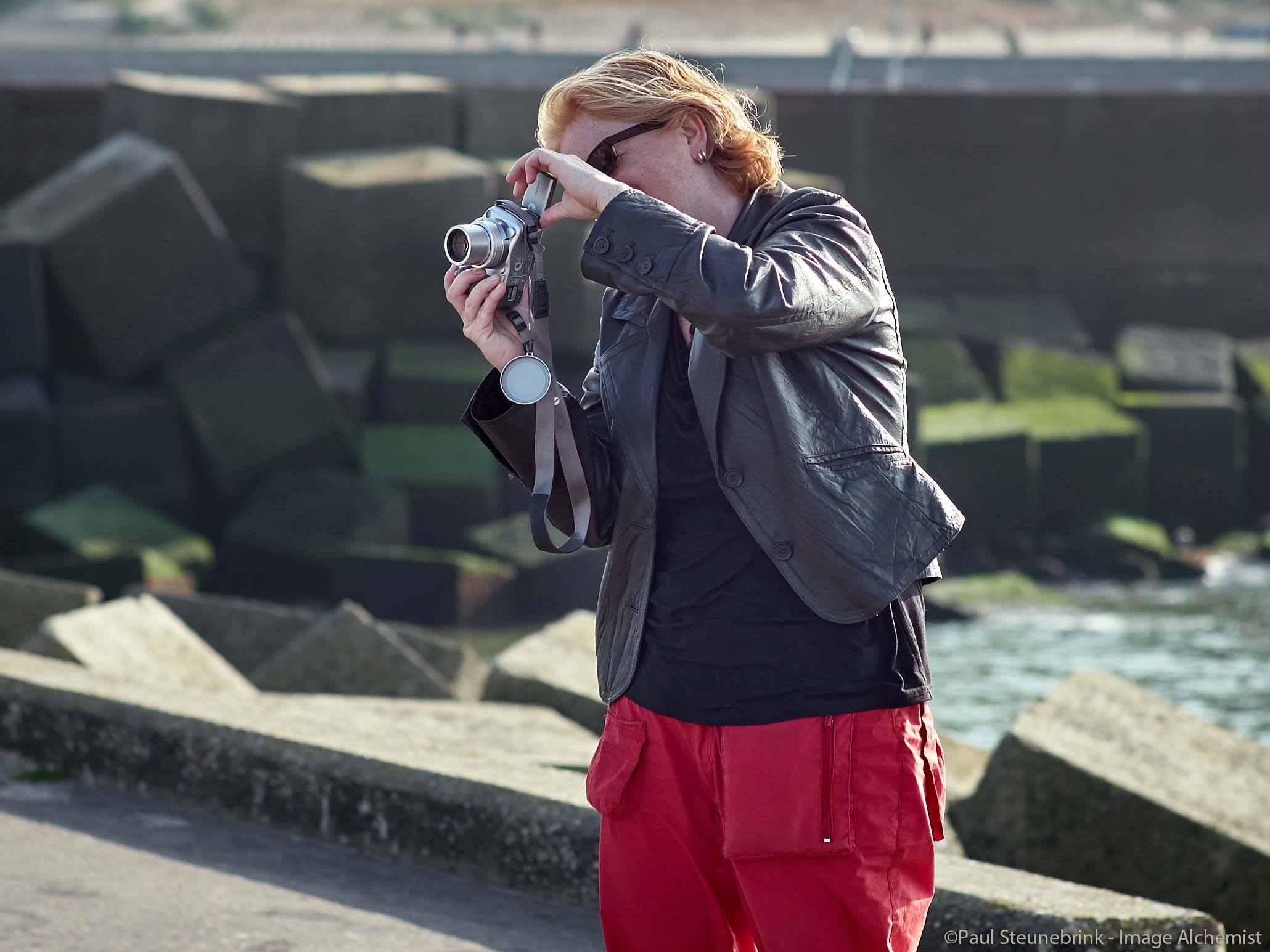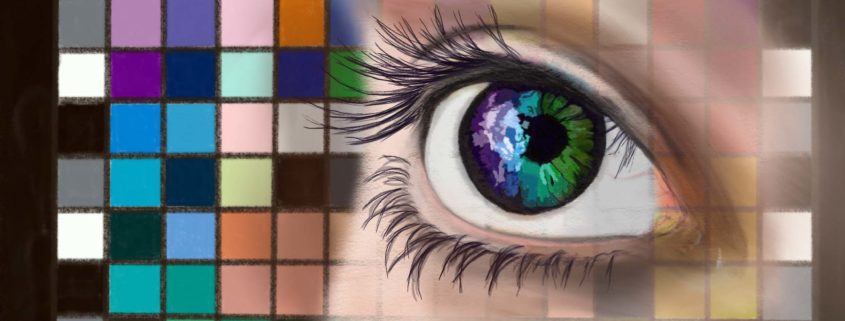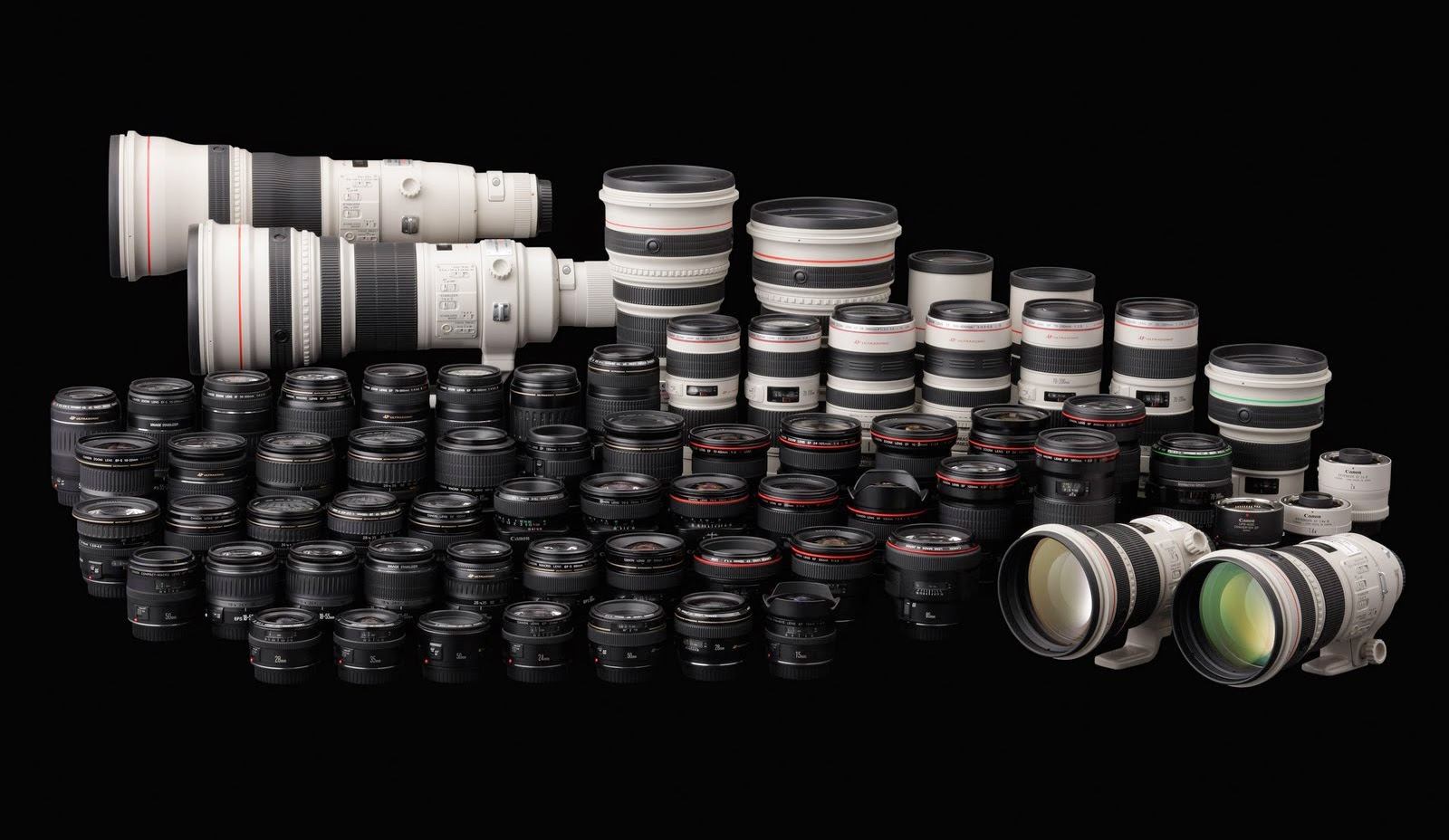Capture One Camera Support
Camera manufacturers introduced new models every day. Each model has its unique specifications. Capture One needs to stay up to date through frequent updates that contain support for new cameras and lenses. Learn what Capture One Camera Support means, what happens behind the scenes, and why it is worth the wait.

Capture One Camera Support
Key features of Capture One are its outstanding image quality, fast and versatile tethering, and excellent lens correction. To maintain this quality level each camera and lens is individually measured. This is the ongoing process of Capture One Camera Support.
Three Parts
Capture One Camera Support includes the following parts:
- camera support
- tethered support
- lens support
In this blog, I cover the processes involved to achieve the best results, while revealing some behind-the-scenes details not shared with the general public before.
In addition, I show you where you find the camera-specific settings in Capture One, and help you understand them better.
Camera Support
Capture One camera support starts when Phase One receives a new model camera at its headquarters in Copenhagen, Denmark. There is no way around that; no camera, no support. They are dependent on the manufacturers to send them a camera.
Next, data collection starts. Images are taken both in a controlled lab environment as well as outdoors. Different people, each with their specific qualification go over these images to extract the correct data from them for further processing. The Image Quality Professor, known from the blogs, is one of them. The entire process takes between 1-3 days.


The Before/After comparison in the image above shows a Standard film curve (before) compared to a Film High Contrast film curve (after). You can set this in the Base Characteristics tool.
The entire process involves the recording of about 400-500 images. Variables like noise, sharpness, colors, highlight gradients, exposure linearity, and other data are determined and incorporated into the respective settings and profiles in Capture One.
You now understand how this translates into predefined White Balance settings like Daylight, Cloudy and Tungsten, into default settings for Sharpness and Noise Reduction, and into Base Characteristics settings like ICC Profile and Film Curve.
Tethering Support
Shooting with the camera connected to the computer is one of the core features of Capture One Pro. Camera gear from Phase One, Mamiya/Leaf, Canon, Nikon and Sony are the brands that you can tether to Capture One.
Update: Fujifilm camera now also tether since Capture One Pro 11.
In the past, tethering support often lagged behind camera support, because of Canon’s and Nikon’s release schedule for updated software of their so-called SDK or Software Development Kit.
Fortunately, a Phase One in-house developed solution based on PTP replaces the SDK. It is not only more reliable and faster to work with, but also easier and faster to implement. This now applies to all DSLR brands that Capture One supports: Canon, Nikon, and Sony.
Tethering with Capture One Pro supports connections over Firewire 400 and 800, as well as over USB 2 and 3. Apart from triggering the camera remotely, you can change most camera-settings and menu-items from within Capture One. This is not restricted to their own Team Phase One products but includes Canon, Nikon, and Sony as well.
The tools on the Camera tool tab like Camera and Camera Settings link directly to the capabilities that tethering support enables.
Lens Support
Lens support has existed since Capture One Pro 4 but was limited to Team Phase One (Phase One and Mamiya/Leaf) related hardware. Since Capture One Pro 7 however lens profiles are available for all kinds of brands that are used with supported cameras. That includes lenses from third-party manufacturers like Sigma, Tamron and Zeiss. As a result, it now is a part of the ongoing process of camera support.
The correct lens profile is automatically applied based on EXIF data in the raw file.
As with cameras, Phase One needs the lens to profile at their disposal in their headquarters in Denmark. Phase One creates lens correction profiles fully in-house with real data derived from testing the actual lens.
The number of shots taken varies widely and depends on the focal-length and zoom range. Wide-angle lenses require more shots as do zoom lenses with a bigger zoom range. The entire process of profiling a lens takes between 1-3 days.
Analyzing and processing pictures by hand ensures maximum quality. Several people check the final lens-correction model.
Lens profiles do not depend on the camera they are profiled with. The profiling is coupled to the image-circle radius. Because Phase One’s camera-support process also includes determining the sensor pixel dimension, it is possible to apply a given lens profile to (almost) any supported camera.
Lens data is stored in the lens database. This is an integral part of the program. In the Lens Correction tool, you find all the lens profiles of supported lenses. Therefore, keep Capture One up to date, and you get the latest additions of lens profiles.
Tip
If you have a specific lens that you would like to be supported, you can help yourself, Phase One and the community of users a hand by lending Phase One your lens. Imagine that the lens profile exactly matches your copy of that lens! Contact them through a support case. I did it if that is a recommendation!
Preliminary Support
Almost every Capture One update comes with support for new camera models. You can find them in the release notes that accompany each release. But sometimes support is preliminary. I noticed that it is sometimes confusing to the user. What does preliminary support mean?
Capture One updates have their own release schedule and may come with bug fixes and new features. Almost every update includes support for new cameras. But what to do with a camera – for which support may be in high demand – is not final yet?
In these circumstances, Phase One can decide to include preliminary support for that model.
Preliminary support means that you can open, edit, and process the raw files from that camera model. However, colors and tweaks are not final, and certain Capture One functionality may be missing for that given camera.
Exceptions
A few cameras do not get support for all the features in Capture One Pro. Most noticeable are those that use the Fujifilm X-Trans type of sensor. This sensor has a special layout on the color array. In Capture One terms, X-Trans has its own unique pipeline.
As a result, some features are currently not implemented. Examples are OpenCL hardware acceleration and Auto Mask when making a layer. On a positive note, the X-Trans processing pipeline is doing a very good job and has attracted many photographers to Capture One Pro.
Expectation Management
This is a tip for Phase One.
People wait patiently if they know the waiting is rewarded. It will help even more to know when the wait is over. In other words, it would make sense to pre-announce camera support.
In that pre-announcement, Phase One could differentiate between ‘not planned’, ‘planned without timeframe’, ‘upcoming in next release’.
Conclusion
Capture One camera support involves a real camera in the hand of several staff members to perform some highly specialized tasks. The same is true for lenses.
Support may come incremental and start with preliminary support. Tethering may come later too but I see this occurring less often as the external dependency has been solved.
Even if you are not an earlier adopter, but have not updated Capture One for some time, you can not open the images from your new camera or correct your new lens. Just update Capture One regularly and get all the bug fixes and new features for free.
Thank you
For reading. Please feel free to leave a comment. Like us on Facebook or subscribe to our newsletter to stay informed about new blogs.
Best Regards,
Image Alchemist
Acknowledgment
The lead image at the beginning was created for this blog by my wife Sheila Roos / Life Art Design on an iPad Pro with Apple Pencil and Procreate.















I agree with you on the expectations management aspect. The X-Pro2 is here for months now and when you ask them when it will be fully supported you get the answer ‘we are working on it’. Thinking about going back to LR for better support but in the end I don’t like LR…
Thanks Marc for your comment.
Paul Steunebrink / Image Alchemist
FWIW, I came from LR to Capture One with a Fuji X-T10 and then X-PRO2, but finding an affinity for both Capture One and Zeiss lenses, I’m now shooting a Sony A7II and pleased to step into a broader support stream with Capture One and the whole Full Frame world. Admit a degree of curiosity about the lens support as many of my Zeiss Contax CY mount lenses aren’t supported – though often their ZM or ZF cousins are and that’s reasonably close. Love to hear more… did you send off the lens, or simply take shots according to their specs?
Actually, I did send off the lens to Phase One. They need to real stuff to measure and create lens correction data.
Best, Paul Steunebrink / Image Alchemist
Does P1 still need a Pentax K1-II to add support? Quick update: it’s been one year and a half since it launched, and yes, it still is the Pentax flagship. Let me know and I can lend you one.
Please contact Capture One support (via Help menu in Capture One) and offer them your camera for profiling. I am independent from them and can not help you in profiling.
Best, Paul Steunebrink / Image Alchemist